Baseball History Comes Alive Now Ranked #2 by Feedspot Among All Internet Baseball History Websites and Blogs!
Guest Submissions from Our Readers Always Welcome!
Scroll Down to Read Today’s Essay
Subscribe to Baseball History Comes Alive for automatic updates. As a Free Bonus, you’ll get instant access to my Special Report: Gary’s Handy Dandy World Series Reference Guide!
Sandy Koufax Photo Gallery
Click on any image below to see photos in full size and to start Photo Gallery:
What Does Cub Rookie Pitcher Hayden Wesneski Have In Common with Sandy Koufax?
Answer:
An Immaculate Inning!
Last Thursday, Cub rookie pitcher Hayden Wesneski threw what is called an “Immaculate Inning” against the Pirates. In case you don’t know what an immaculate inning is, don’t feel bad.
You Learn Something New About This Game Every day!
I have to admit that, as long as I’ve been following this game, I had never heard of an “immaculate inning” until Chris Sale threw one last year (the term didn’t come into wide use until the year 2000). With many years of Catholic education under my belt, I was of course familiar with the term, “Immaculate Conception.” But an “immaculate inning”? What’s this all about? Was it something to do with the Pope? Was he in attendance at the game? Did it have something to do with Holy Water? And the bigger question was, how could I have missed it after all these years?
Well, with a little research, “my prayers were answered,” so to speak. I found that an “immaculate inning” is one in which a pitcher in his half-inning on the mound, throws only nine pitches, each of which is a strike and thus strikes out three consecutive batters. It’s rarer than hitting for a cycle, triple plays, no-hitters, and many other baseball rarities.
How Rare Is An Immaculate Inning?
In the entire history of major league baseball, only 101 pitchers have thrown a total of 111 immaculate innings. According to Baseball Reference, there have been a total of 4,153,841 innings in major league history. That means that the chances of throwing an immaculate inning are twenty-six ten thousandth-to-one (.00267%).
Only seven players in all of baseball history have thrown more than one: Lefty
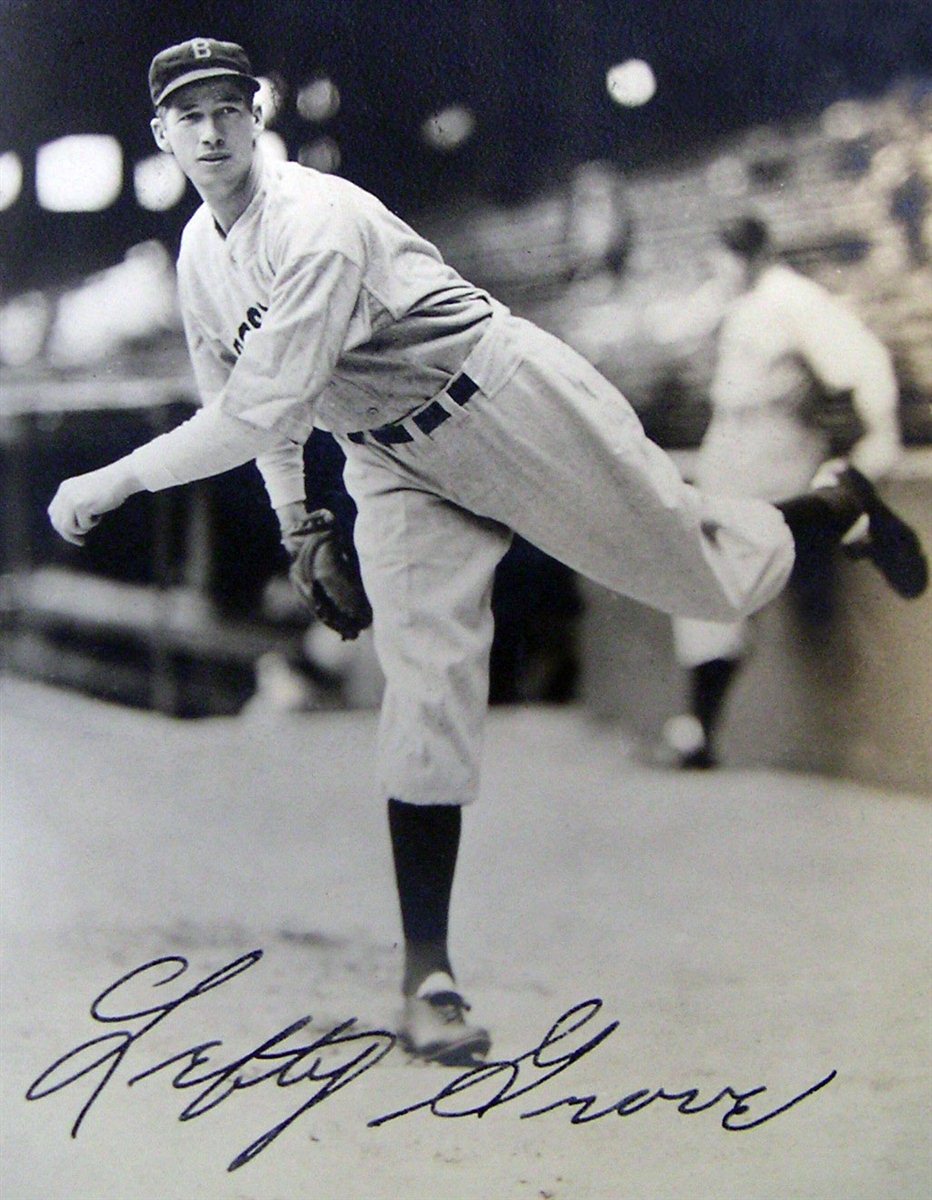
Grove, Nolan Ryan, Randy Johnson, Max Scherzer, Kevin Gausman, Sandy Koufax, and Chris Sale. Only three pitchers in history have thrown three immaculate innings: Sandy Koufax, Chris Sale, and Max Scherzer (whenever your name is mentioned in the same sentence with Sandy Koufax, you must have done something extremely noteworthy!). With only seven pitchers having thrown multiple immaculate innings for a total of 17 innings, it may be one of the rarest of all baseball feats.
A Couple Tidbits About Immaculate Innings:
- A record eight immaculate innings were thrown in 2017.
- Once exceedingly rare – there were none between 1929 and 1952 – immaculate innings began to be more common starting in the 1990s.
- Of the 101 pitchers, 77 are right-handed and 24 left-handed.
- Five pitchers – Roger Clemens, Bob Gibson, Randy Johnson, Pedro Martínez and Nolan Ryan – are also members of the 3,000 strikeout club.
- Sloppy Thurston, Wade Miley, Nolan Ryan, and Hayden Wesneski are the only rookies to have accomplished the feat.
- Nolan Ryan and Kevin Gausman are the only pitchers to have thrown one in both the American League and National League.
- Danny Jackson is the only pitcher to throw one in the World Series.
- Twelve of the players who threw one have been elected to the Hall of Fame.
- The first one was thrown by Hall-of-Famer John Clarkson of the Boston Beaneaters on June 4, 1889, against the Philadelphia Quakers.
- Astros Phil Maton and Luis Garcia are the only pitchers to throw an immaculate inning in the same game, and they struck out the same three Rangers batters!
- Hayden Wesneski’s (Sept. 22) came only six days after Ryan Helsley threw one for the Cardinals against the Reds (Sept. 16)
Sandy Koufax’s Career
All this gives me a chance to say a few words about the career of the great Dodger lefty, Sandy Koufax, one of only three pitchers to have thrown three immaculate innings.
In his 12-season career, the seven-time All-Star had a 165–87 record (.654) with a 2.76 ERA, 2,396 strikeouts, 137 complete games, and 40 shutouts. Koufax’s 2,396 career strikeouts ranked seventh in history at the time of his retirement. He and Nolan Ryan are the only two pitchers inducted into the Hall of Fame who had more strikeouts than innings pitched.
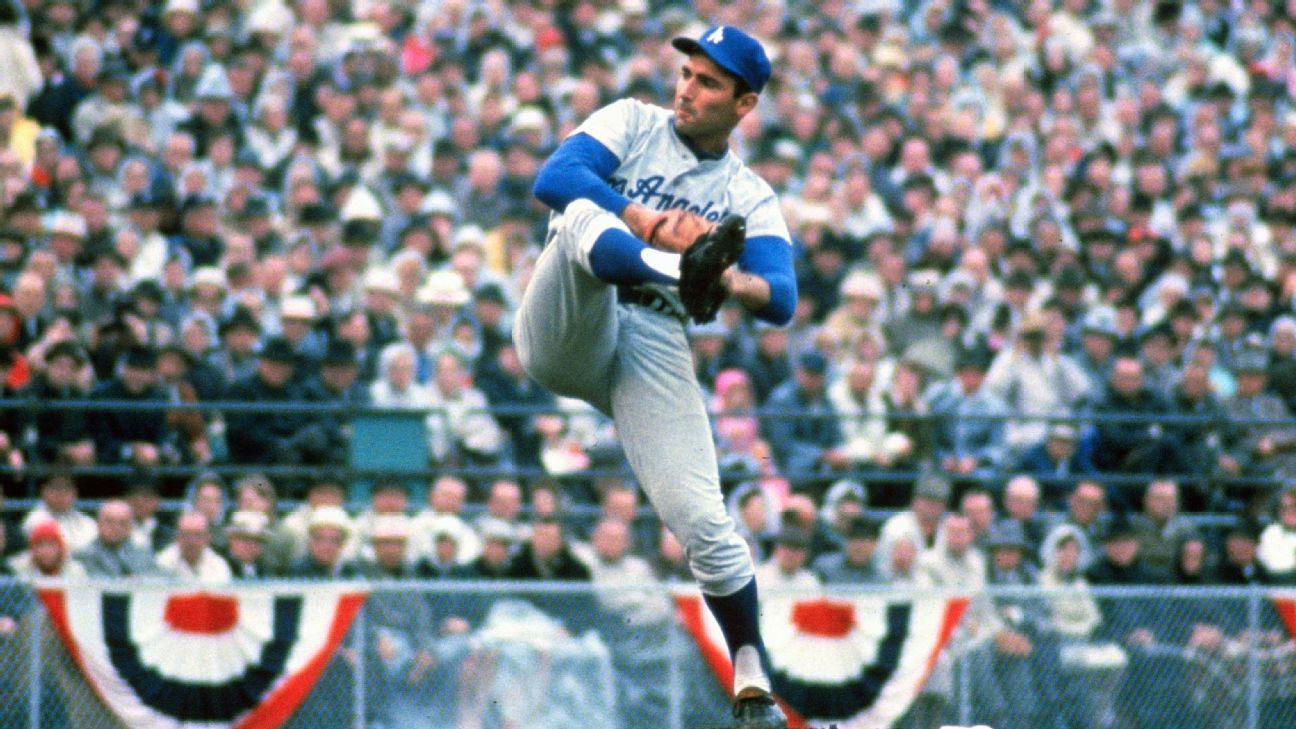
Sandy was the first pitcher to average fewer than seven hits allowed per nine innings pitched (6.79). He also became the second pitcher in history to have two games with 18 or more strikeouts, and the first to have eight games with 15 or more strikeouts. Over his last ten seasons, from 1957 to 1966, batters hit an anemic .203 against him, with an incredibly low .271 on-base percentage, and a .315 slugging average.
Koufax’s amazing run from 1961 to 1966 remains a period of brilliance almost unmatched in baseball history. During this time Koufax won five straight ERA titles, four strikeout crowns, three Cy Young awards, a National League MVP award, three seasons with 25-plus wins, and four no-hitters. The last came in 1965 and was a perfect game against the Cubs.
If you’d like to see a list of the 102 pitchers who have thrown Immaculate Innings, here’s a link
Gary Livacari
Information: Excerpts edited from Chicago Sun-Times, September 23, 2022. Immaculate Innings Wikipedia page.
Subscribe to our website, “Baseball History Comes Alive!” with over 1200 fully categorized baseball essays and photo galleries, now closing in on the one million hits mark with 867K hits and over 700 subscribers: www.baseballhistorycomesalive.com
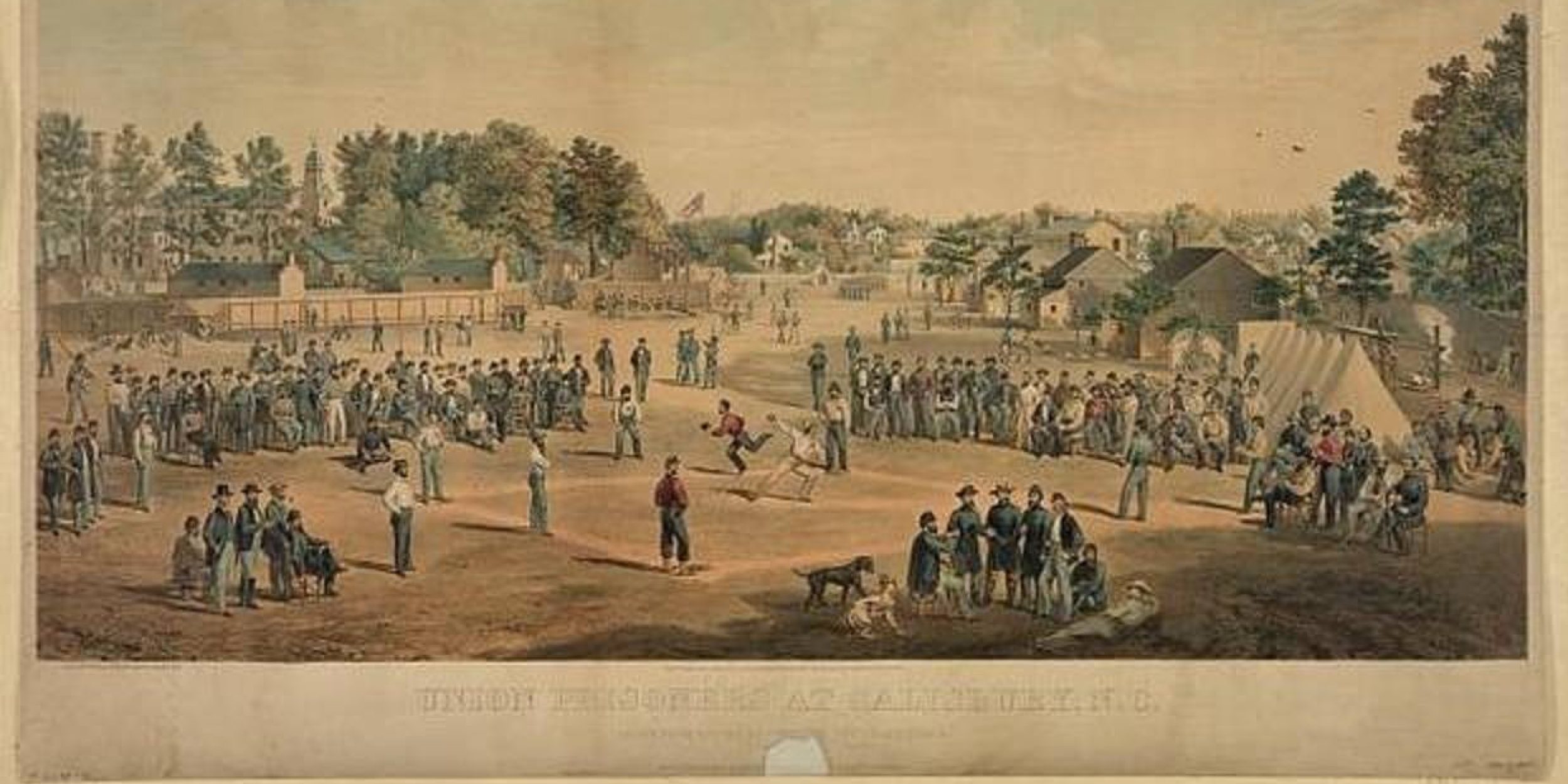
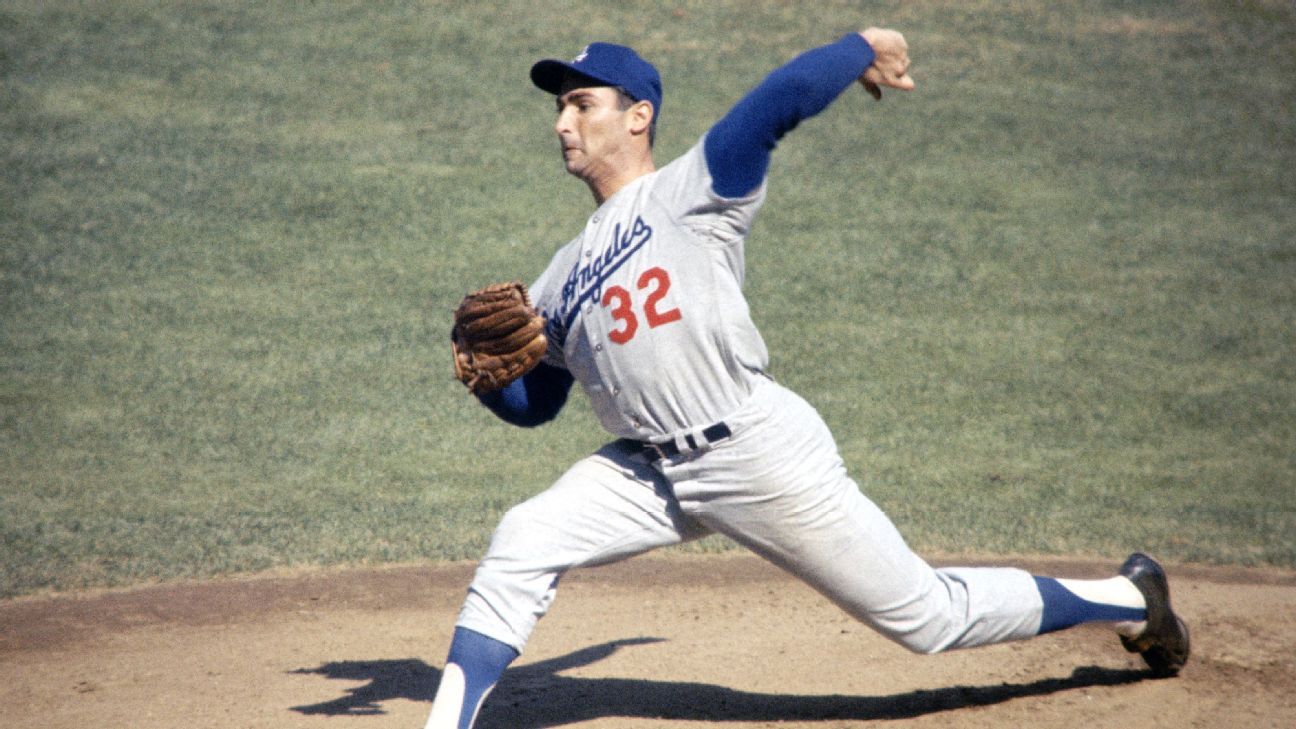
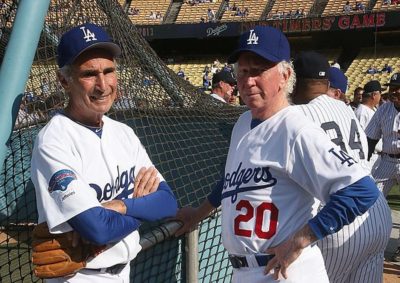
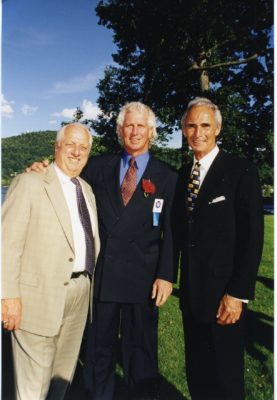
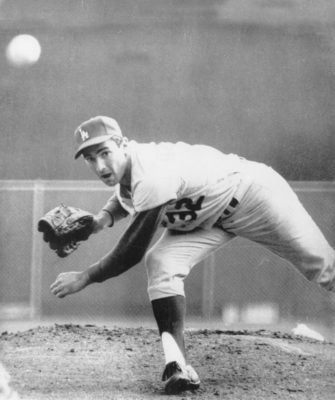
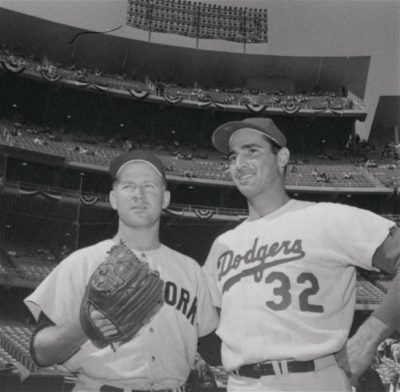
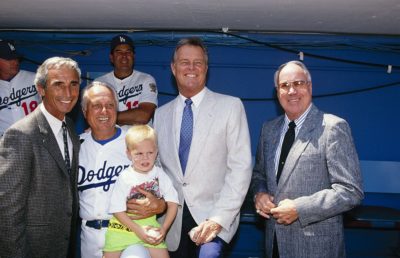
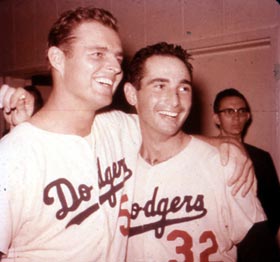
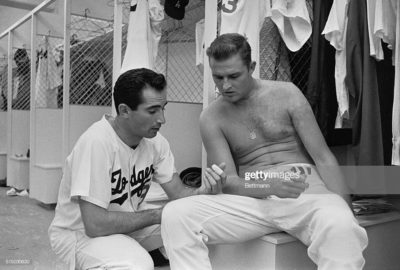
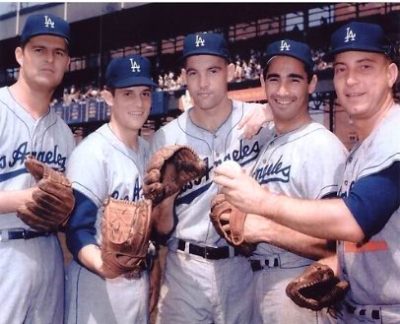
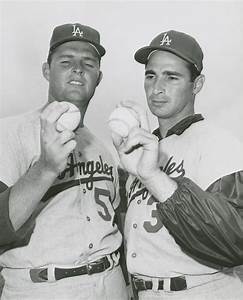
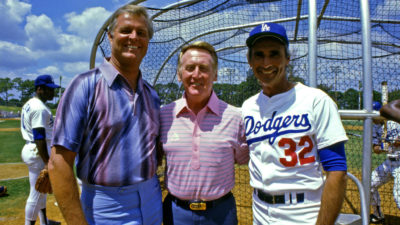
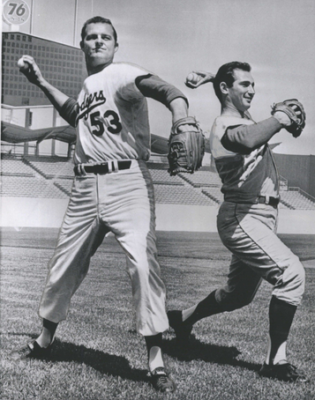
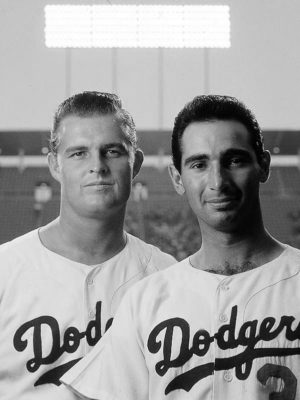
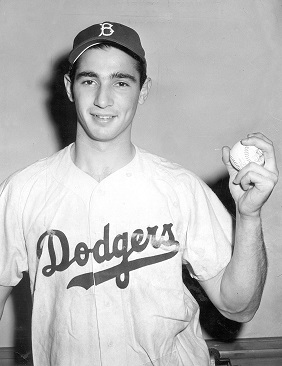

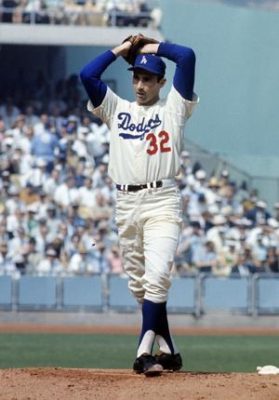
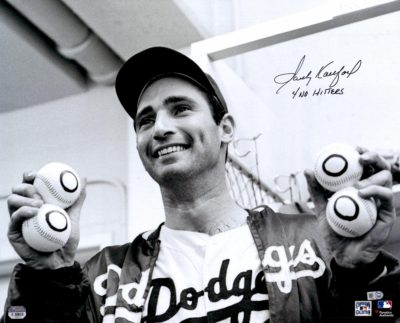
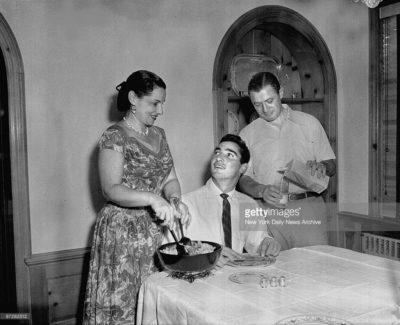
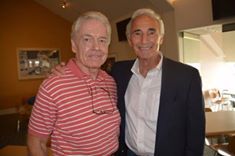
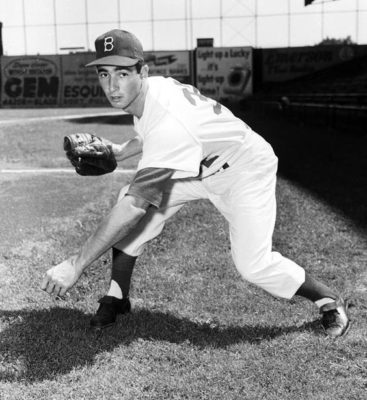
Not to put too fine a point on it, but since an immaculate inning is really a half inning, 4,153,841 innings represents 8,307,682 opportunities for an immaculate half innings. The odds are really twice as long.
Haha! Great point!
Hi Gary,
Thank you! Your laudatory analysis of Sandy’s stellar career really helps to put his dominance over mere mortals in the 1960s into perspective. Even after all these years I still shake my head in disbelief at his ridiculous stats, many of which you cited in your final paragraph here.
Most baseball historians know that Koufax was all-world in 1963, ’65 and ’66, years in which he won the Cy Young Award and led the universe in every major pitching category, e.g., wins, strikeouts, shutouts, earned-run average — not to mention no-hitters, “immaculate innings” and babies kissed. One wonders what his career numbers might have been if only he could have pitched into his 30s rather than having to retire prematurely by many years, becoming the youngest Hall-of-Famer in history as a result.
But what did Dr. K do in 1962 and ’64? If these similarly spectacular seasons for him were not cut short by injury (the bane of his career), with all due respect to Don Drysdale (’62) and Dean Chance (’64), Koufax would have had a shot at five consecutive Cy Young Awards, all in an era when Major League Baseball conferred a single such honor rather than the two with which we’re so familiar today.
In 1962 his won-loss record was 14-and-5 by mid-July; then his season came to a skidding stop for all intents and purposes. He struck out 18 early in the year for the second time, fanned 216 batters in 184 innings, pitched his first no-hitter, and threw his first-ever immaculate inning before a crushed artery in his hand rendered him essentially useless and out of the lineup the rest of the way.
In 1964 Chance ran off with the Cy Young Award, earning 17 of 20 first-place votes. Larry Jackson, pitching for the last-place Cubs, was second with 2, and Koufax, an academic afterthought, collected the remaining ballot. Chance was great: Thirty-five starts, fifteen complete games, eleven shutouts, and 207 strikeouts in 278 innings. He was 20-and-9 for the year, posting a microscopic E.R.A. of 1.65. Jackson was also impressive: Thirty-eight starts, three shutouts, 148 strikeouts, and a won-loss record of 24-and-11 on an E.R.A. of 3.14. Koufax? Knocked out early yet again by season-ending arm trouble, he posted a 19-and-5 record in just 28 starts, threw his third no-hitter and a second immaculate inning. Almost automatically, he also managed to lead the league in E.R.A. (1.74), strikeouts (223 batters in 223 innings), and shutouts, but another shortened season helped pave the way for his pitching competitors to command the limelight.
Well, wahh! There have been a lot of players over the years whose early and occasional brilliance were plagued eventually by cruel Dame Fortune in one way or another, and you have featured many of them on your beloved blog while we readers were left to ponder “what might have been.” I submit that Sandy Koufax belongs at or near the very top of this pantheon of possibilities. “If wishes were horses,” certainly; but imagine if Koufax had enjoyed the injury-free longevity of a Nolan Ryan, say, or Warren Spahn, both of whom were able to pitch into their forties! How high the moon, in other words? We shall never quite know, but guessing is the sort of recreation we bloggers have come to love.
Many thanks again, Gary, for another inspiring retrospective, and the chance to weigh in with all the bias I can muster!
Best wishes,
Michael
Thanks Michael for the detailed, thoughtful comment. You raise a lot of interesting points, and, alas, as you say, we will never know “what might have been.”